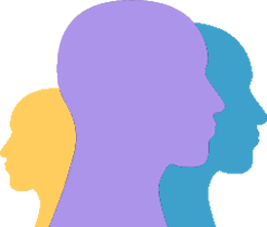Cleidocranial Dysplasia or Dysostosis
|
The most common features of cleidocranial dysplasia/ dysostosis are among others:
Mutation in the gene RUNX2, on the short arm of chromosome 6, is known to cause CCD. Mutations are detected in only about 65% of all individuals with a clinical diagnosis of CCD. Cleidocranial dysplasia is an autosomal dominant disorder. Its prevalence is estimated 1:1,000,000. |
Last modified
21 January 2020
Abbreviation
CCD
OMIM
# 119600 Cleidocranial Dysplasia
ORPHA
ORPHA:1452
General Medical Guideline
CCD is a complex congenital disease with skeletal anomalies and irregular dentition.
Symptom
Failure of eruption of teeth in CCD may need orthodontic treatment
Delayed exchange of primary teeth by permanent teeth, complicated by multiple impacted permanent and supernumerary teeth combined with severe malocclusion and crossbite, may need treatment...
Closure of the anterior fontanelle and sagittal and metopic sutures is delayed as part of the skeletal dysplasia in cleidocranial dysostosis.
CCD is an autosomal dominant condition. This means that family members can be affected. Each affected family member will have the same mutation (change in...
